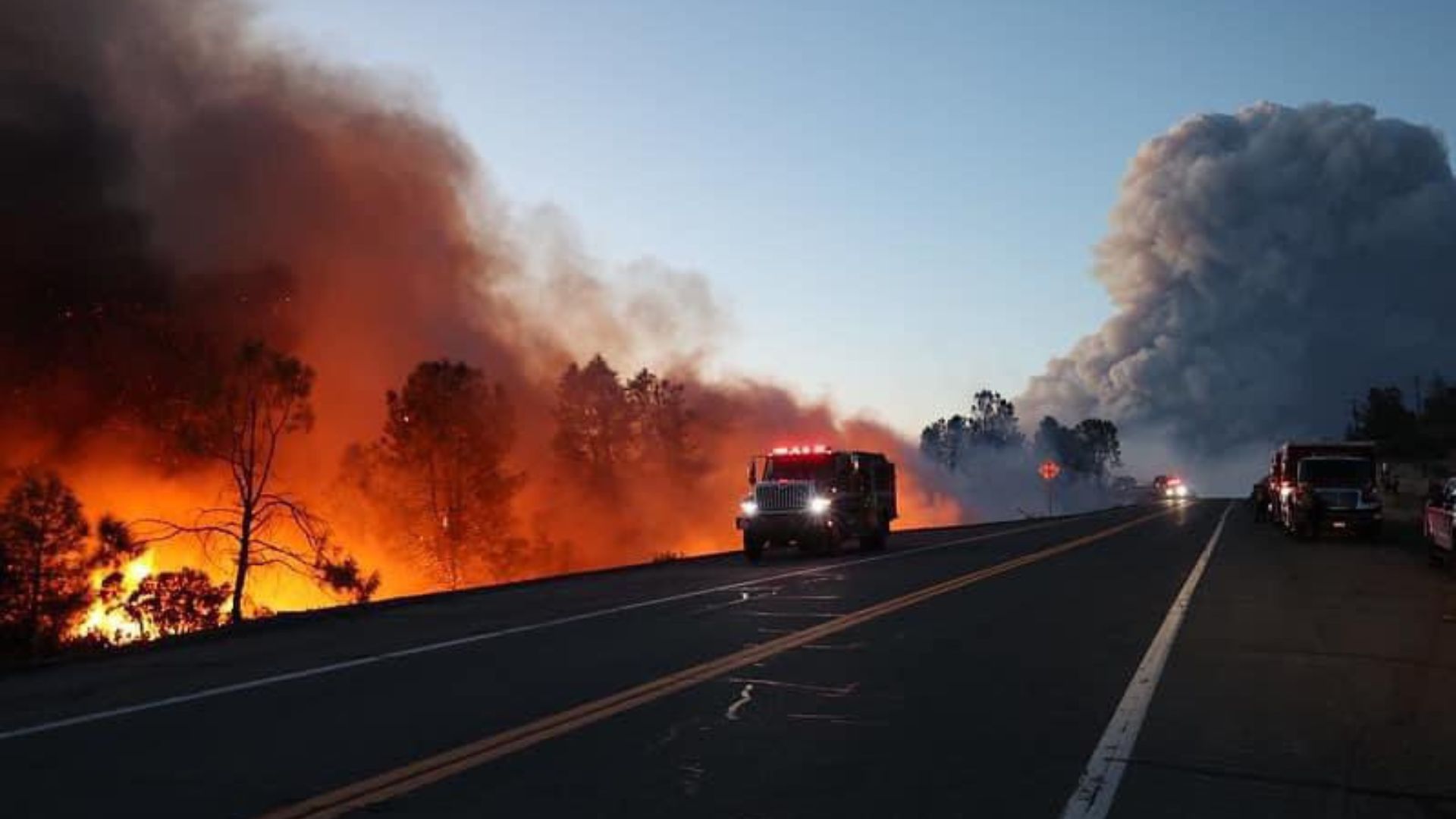For the last few years, Americans have been moving away from the once-popular cities to places that offer a better quality of life and options for work.
Scientists now believe that climate change is another contributing factor to why people are now flocking to Southern metropolitan areas.
Reshaping the World

Climate change has long shaped the world, but the US cities have been feeling the pressure. With increasing flooding, heat, and wildfire “danger zones” becoming an increasing problem, Americans are looking for colder climates.
Unfortunately, the great migration is causing several cities to slowly die while others thrive.
Moving Away From These Places

Minneapolis, Indianapolis, Milwaukee, Providence, and Las Vegas are the top metro regions forecast to experience the biggest exodus due to flood risk.
“Safe zones,” like Jefferson County in Louisville, Kentucky, are seeing an influx of new residents.
Paying Attention to the Data

The head of climate implications at the First Street Foundation, which produced a peer-reviewed report, Dr. Jeremy Porter says that people are increasingly relocating on climate factors.
“Over the past five years, people have started to pay attention to the climate data as something that impacts their moves,” he said.
Escaping Disaster

Looking over the locations that have experienced devastating floods, fires, and other natural disasters, the team at First Street Foundation found a trend among those who were moving from certain cities.
‘If you couple flood risk with what we are already seeing from population projections from NASA, we are seeing there are going to be some places that look dramatically different’.
People Are Moving Away

A recent poll from Zillow supports the team’s findings. A study found that 80% of Americans consider climate risks when searching for a new home.
Forbes also released a study that showed that 30% of homeowners stated that climate change was the reason for their move.
“Climate Abandonment Areas”

The First Street study found that there are ten “climate abandonment areas,” which are areas where large amounts of people are leaving due to the increasing risk of climate events disrupting their lives and businesses.
While the report first focused on flooding as a driving force, the report added that there are definitive signs that wildfires and extreme heat are also major factors driving domestic migration.
A Growing Number of Disasters

In 2023, there were 23 disasters over eight months in the US, with nearly $1 billion of loss in each town. This was an increase in disasters compared to the previous year, which held a record of 22 events.
“They are already seeing out-migration from lack of jobs and social economic issues. But climate risk is also impacting the moves… Slowly the town is dying,” he said.
Slowly Dying Towns

West Alton, a city off the bend of the Mississippi River, has seen a large drop in the number of residents over the last few years. In 1970, the town’s population reached its height of 3,900 people.
Then, the town’s population took a nose-dive and hit a record low of 360 people in 2024. Homes are built on slits to avoid rising water levels while businesses and churches shut down.
A Rising Number of Climate Abandonment Areas

Experts project that the number of blocks identified as “climate abandonment areas” will increase from 15.3% today to nearly 39% by 2053.
Climate change has been affecting many communities across the US and could be a challenge for the Southern states as wool pallet production pollutes the air quality.
Just the Start

People are becoming increasingly concerned about climate risk, and are making the move to safer places. “We are seeing property value decrease in climate-risky areas. As the data becomes more and more available, the more we will see this,” Dr Porter said.
“Climate knowledge has exploded over the past five years and we are starting to see people responding to that,” he added. “This is just the start.”
People Aren’t Moving Far Away

But domestic “climate migrants” are not able to escape extreme weather events, according to the study.
“Most moves driven by climate change are hyper-local,” Dr Porter told DailyMail. “In fact, out of all domestic moves, only 15 percent are across state lines. People tend to stay within their state.”








































